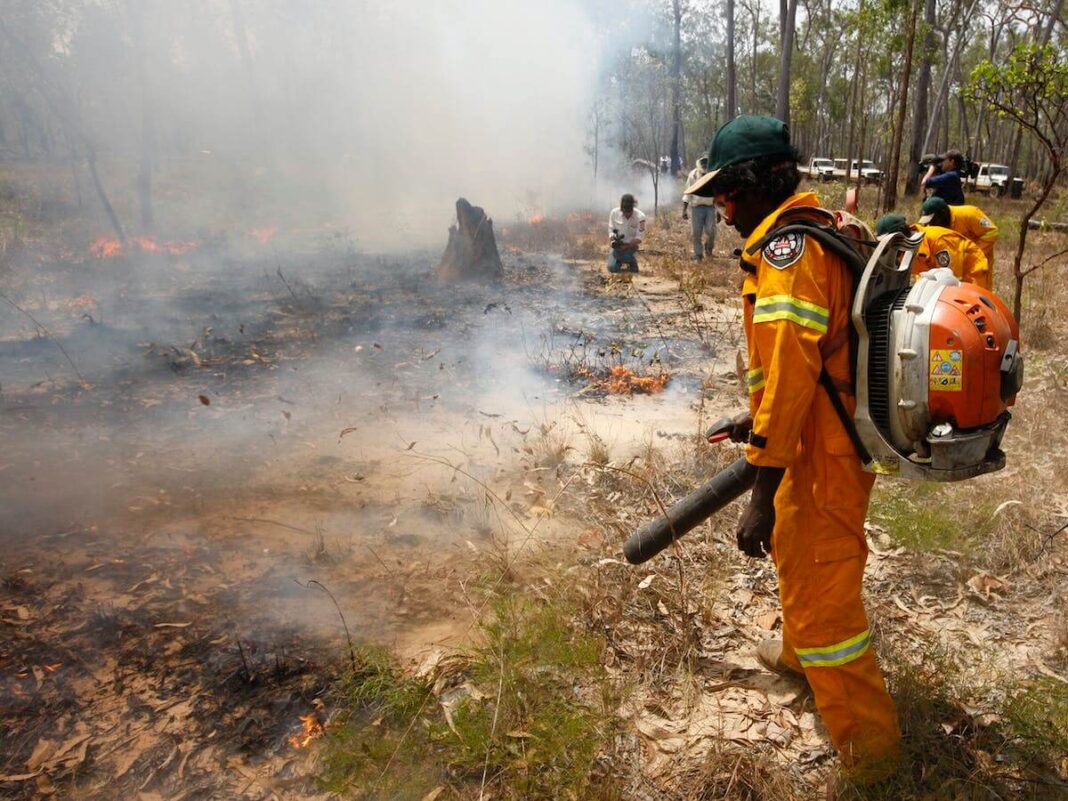The recent multi-million-hectare forest fires in Canada have again highlighted the dichotomy of opinion within the Australian community regarding bushfires.
The knee-jerk response from environmentalists and most academics has been, “It’s all due to climate change”.
Fire scientists and bushfire operational people, on the other hand, many of whom are in contact with Canadian land and bushfire managers, draw an entirely different conclusion: irrespective of the cause of the ignitions, the explanation of why the fires have been so difficult to control and have done so much damage is the absence of sound land management – in this instance, the failure by Canadian authorities to prepare potential fire grounds in the expectation of fire.
The reports my colleagues and I have received from young Western Australian men and women deployed as firefighters in Canada have been especially revealing.
They recount how they have been fighting fires in forests that have been logged and then abandoned and of forests left long-unburnt, carrying tonnes of flammable fuel. And they have been struck by three things:
- The enormity of the resources brought to bear on firefighting in North America but which are still unable to control the fires.
- The futility of controlling fierce forest fires with aerial water and retardant dropping.
- The difficulties in constructing fire containment lines in forests growing on thin, mossy soils overlaying permafrost; bulldozers become bogged or disappear into sinkholes.
“Would it not have been better to do some fuel-reduction burning in these areas so that tracking the edge of wildfires with bulldozers and trying to extinguish them with water bombing would not be necessary?” is a question on the lips of many experienced Australian bushfire specialists as they contemplate the Canadian disaster.
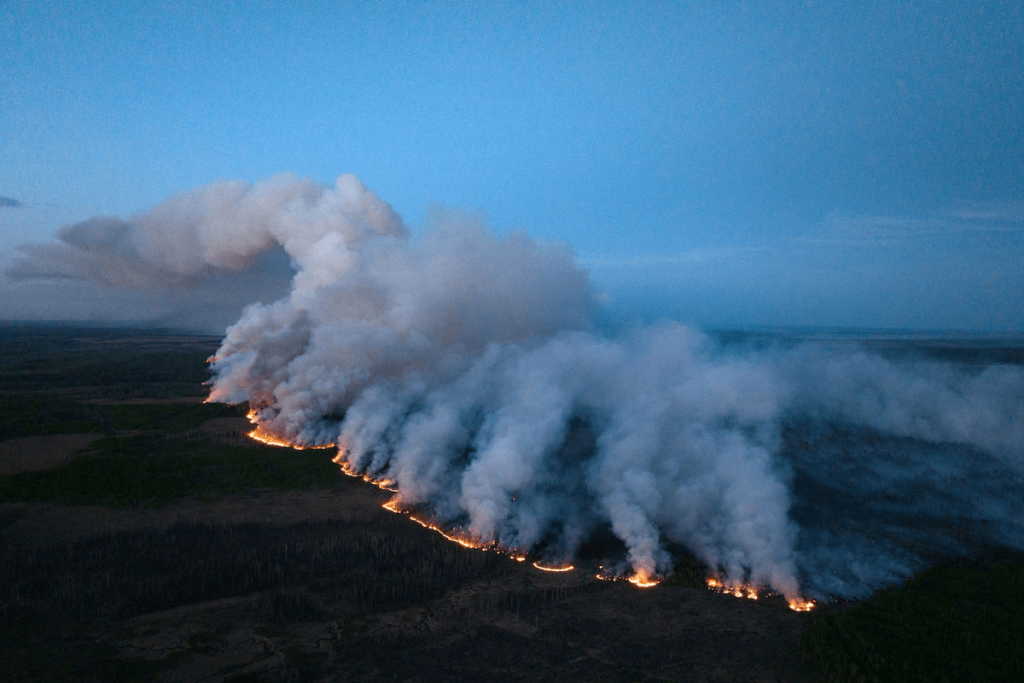
The dichotomy of views about the bushfires (climate change versus ineffective land management) echoes the other great bushfire controversy in which Australia is mired: what is the best approach for dealing with the bushfire threat?
One group (mostly academics and environmentalists, supported by retired ‘fire chiefs’ ready for their close-ups) opts for Emergency Response (sometimes known as ‘the American Approach’) – wait for a fire to start and then throw everything at it so that it is extinguished before it does any damage.
The alternative approach (mostly promoted by bushfire practitioners and at once known as ‘The Australian Approach’) accepts that an emergency response will always be needed since bushfires can never be prevented.
Still, it adds that if the fire grounds are properly prepared for a fire, then fires will be easier, cheaper and safer to control by emergency responders.
The chief mitigation tool of the second group is fuel-reduction burning – deliberate, supervised burning under mild weather conditions.
The aim is not to ‘prevent’ bushfires, which is impossible, but to reduce the amount of flammable fuel in bushfire-prone bushland before a bushfire starts.
It is combustible fuel, comprising dry leaves, twigs and flammable shrubs, that feed bushfire intensity, and it is bushfire intensity that determines how hard, dangerous and costly a fire is to control.
Mostly this argument has been one-sided in recent times.
The Emergency Response proponents are well in control of bushfire management in Queensland, NSW, and Victoria.
In these jurisdictions, bushfire mitigation must be properly funded or carried out to ensure it effectively controls bushfires.
Fuel-reduction burning is condemned because its opponents assert:
(a) it causes ecological and environmental damage and;
(b) it does not help in the control of bushfires.
A more recent addition to the armoury of the anti-burners is the preposterous idea (dreamed up by a Curtin University academic) that if eucalypt forests are left long unburnt, they become non-flammable.
Urban environmentalists have embraced this nonsense and are constantly being pushed at the public by a compliant, incurious and all too susceptible media.
Those who advocate the Emergency Response Only approach promote an outdated, failed strategy.
Nowhere in bushfire-prone areas anywhere in the world has this approach worked.
It failed in south-west Western Australia, culminating in the 1961 fires; it failed in south-eastern Australia, culminating in the devastating Black Saturday and Black Summer fires; and it is failing (again) as we speak in Canada and the US, where astronomical resources (by our standards) can be thrown at bushfires.

It will inevitably fail again in eastern Australia sometime in the next few years as bushfire fuels build up again in the areas burned in Black Summer, and nothing is done to reduce them.
None of the arguments against prescribed burning stack up in the face, either of science or experience.
On the contrary. Biodiversity and the environment are better protected by mild controlled fires than intense uncontrolled wildfires.
There is no experienced firefighter anywhere in the world who does not understand that it is easier, safer and cheaper to control bushfires in light rather than in heavy fuels.
Far from becoming non-flammable, karri forest left unburnt for nearly a century, carries massive tonnages of combustible fuels.
Unfortunately, this experience does not trump the ideology of the green academics and activists who are calling the shots on bushfire policy in Australia’s eastern states.
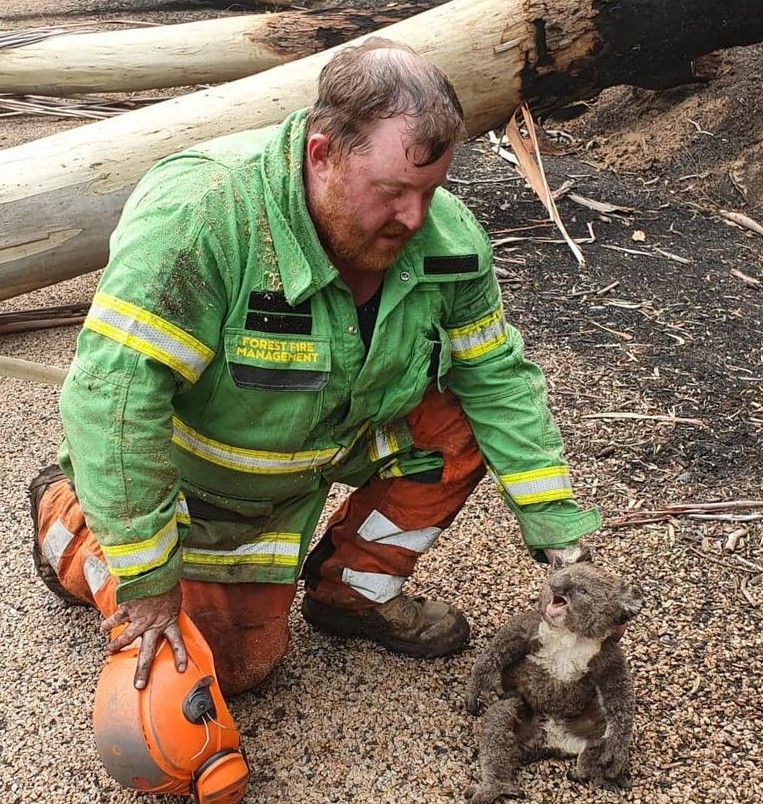
This depressing situation is leading many bushfire specialists of my generation to consider slashing their wrists in despair.
“Let the bastards burn if that’s the way they want to play it” is a comment I heard from one of Australia’s most distinguished bushfire scientists, sick to the core of how the authorities in Victoria and NSW are deliberately setting up rural people and environments for destruction.
I am frequently asked if I can explain the madness of governments and professional bureaucracies that promote a failing bushfire strategy and blatantly ignore the lessons of history.
I cannot explain it.
The only thing I can do is relate the good news story from Western Australia, one corner of the continent where there is a firm commitment by the government to invest in effective preparedness and mitigation as well as in emergency response.
The WA approach is not perfect, but it is thought through and supported by good science.
Our political leaders and professional bushfire managers’ hearts and minds are in the right place.
The consequences of action and inaction are understood.
The bushfire authorities accept that they are accountable for bushfire outcomes.
I can Illustrate this by discussing four items of significance from the Western Australian scene, all of which have gladdened the hearts of those concerned about bushfires.
These demonstrate that, in the bushfire situation, at least, not all governments or agencies in Australia are stupid.
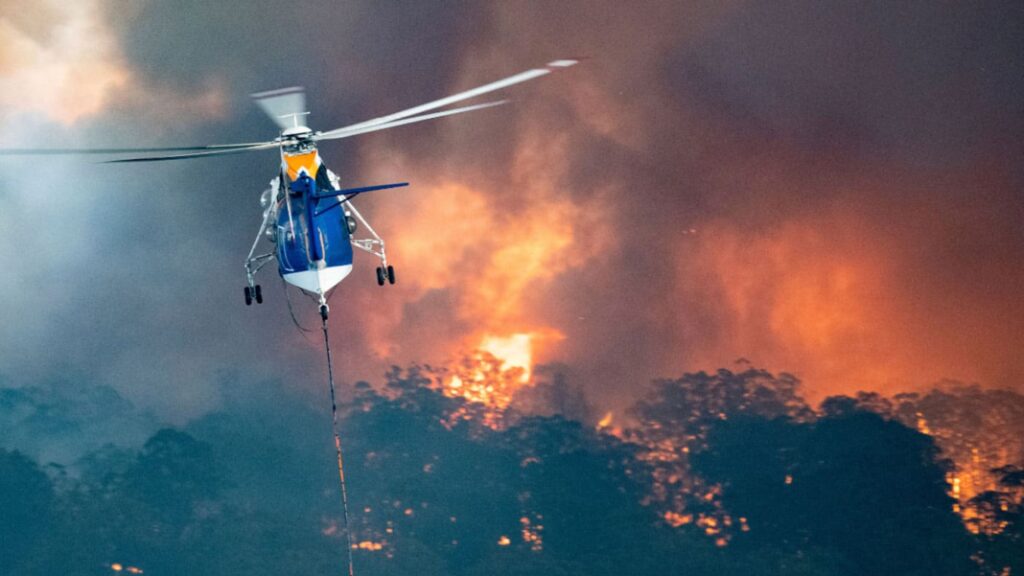
First, agency policy and philosophy have evolved and matured
WA’s public land management agency, the Department of Biodiversity, Conservation and Attractions (DBCA) and our Department of Fire and Emergency Services (DFES) are both committed to bushfire mitigation, including an annual program of prescribed fuel reduction burning in south-west forests.
This program is well-managed and designed to maximise bushfire control and biodiversity benefits.
About 8% of the forest area is burned annually under selected conditions.
This was not always the case, but after serious bushfires in 2015 and 2016, the penny dropped.
Departments were reorganised, and new appointments were made.
Senior staff in both agencies now promote a sound policy based on good science, sensible philosophy and the primacy of human lives.
They preach and practice the two fundamental truisms: prevention is better than cure, and if you don’t get your bushfire management right, no other management objective can be achieved.
The thing about strong agency leadership is that it tends to be accompanied by, indeed, lead to strong political leadership.
This relationship is also apparent in the WA bushfire scene at present.
Second, regarding bushfire management, WA is currently enjoying strong political leadership.
There is bilateral political support for the bushfire mitigation and the burning programs in WA, and senior government figures are prepared to come out and say so.
The former Premier Mark McGowan clearly understood the value of bushfire mitigation, and this flowed on to the two ministers with bushfire responsibilities, Stephen Dawson (Emergency Services) and Reece Whitby (Environment).
Dawson has been unequivocal in resourcing the burning program and publicly supporting the program and the departmental staff; the bushfire community in WA regard him as a hero.
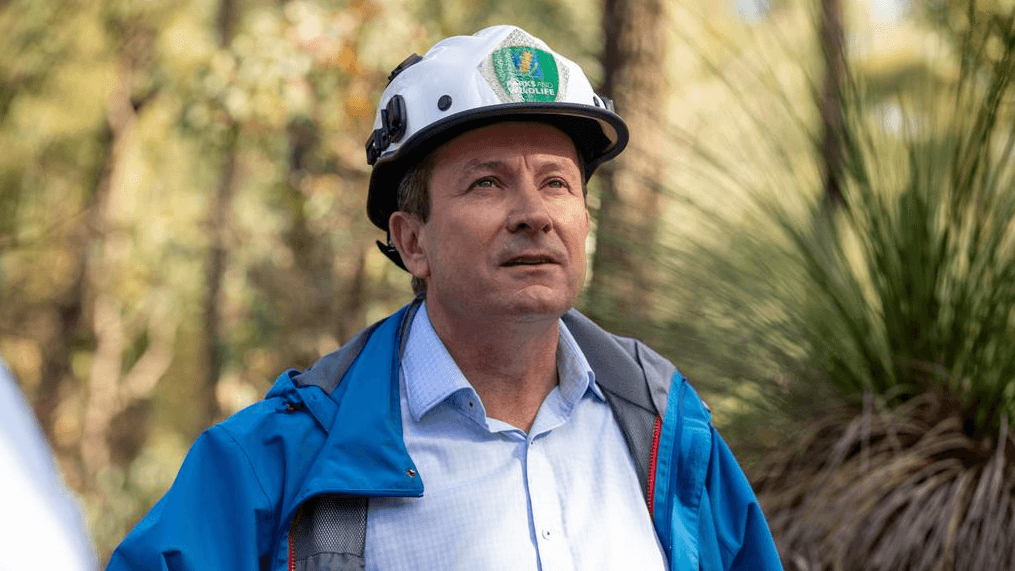
Whitby, on the other hand, has been luke-warm, but out of the blue, recently made this statement on ABC’s 7.30 Report:
“The WA government maintains that while imperfect, controlled burning is the state’s best defence against more intense and devastating wildfires, which would threaten both lives and biodiversity.”
“Prescribed burning is the primary means of protecting the community and environment from the devastating impacts of large bushfires.”
“The use of prescribed burning reduces combustible fuel and works to protect wildlife habitat and plants from intense summer bushfires.”
This is a highly significant statement.
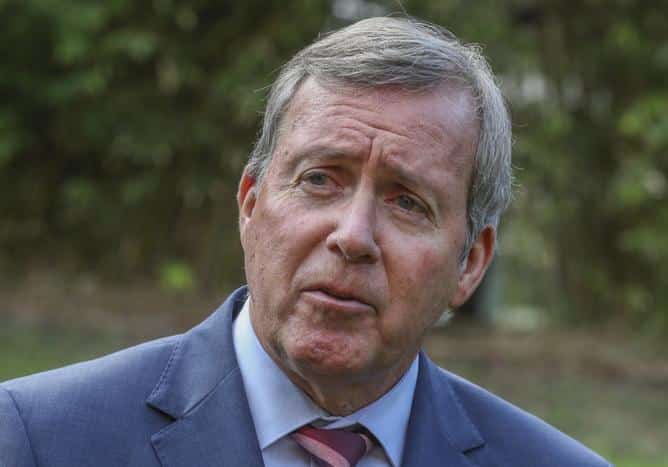
Whitby has been under sustained pressure from anti-burning academics and environmental activists to curtail the fuel reduction burning program, and he has also felt the sting of the left wing of the ALP, which generally promotes the green agenda regarding environmental issues.
If Whitby now supported the anti-burners, he would need to make a 180-degree volte-face.
Overnight 180-degree policy changes are not unheard of in WA politics, but some politicians can more easily carry this off than others.
Whitby knows that if he sides with the activists on the issue of fuel reduction burning, he will lose the support of his department, the Fire and Emergency Service, and every bushfire scientist and volunteer firefighter in Western Australia.
He will be exposed as putting politics and personal ambition before protecting the lives of Western Australians and their environment and assets.
Minister Dawson has no such concerns.
To his credit, he has again publicly affirmed his support.
In a recent (June 30, 2023) letter to the Bushfire Front. He wrote:
“I can assure you that the Cook Labor government remains committed to bushfire mitigation, including a planned burning program in the south-west forests … we will continue to prioritise the safety and well-being of our community while working towards effective and sustainable bushfire risk management strategies. The state government is also committed to evidence-based approaches to bushfire risk management to support the continual improvement of planned burning policies and practices. We do this by drawing upon the knowledge of experts in the field, scientific research, and the invaluable experience of our firefighting personnel”.
WA Minister for Emergency Services, The Hon. Stephen Dawson MLC
This is also a significant statement.
Firstly, it is in writing.
Secondly, it emphatically shows that the minister values the knowledge and experience of people in the field and firefighters over the opinions and ideology of urban environmentalists and green academics.
They criticise the current approach from a position of zero bushfire experience and with the luxury of never being accountable for bushfire outcomes.
Thirdly, it calls for a parliamentary inquiry into the fuel-reduction burning program
Activists petitioned to review the prescribed burning program
In 2021 environmental activists in WA signed a petition to Parliament, calling for a major review of DBCA’s prescribed burning program.
The way this was worded and organised made it clear that “a review” would be merely the first step.
The petitioners expected that a review (which would be carried out by green academics) would demonstrate the environmental horrors and futility of the burning program, and this, in turn, would lead to its curtailment.
The petition, which was heavily publicised but gathered only 1710 signatures, was referred to the WA parliament’s Standing Committee on the Environment and Public Affairs, which comprises MPs from all major parties.
The committee took the issue seriously and arranged to receive submissions and to be briefed by the major stakeholders.
The two main environmental groups – the Leeuwin Group (basically green academics) and the Fire and Biodiversity group (basically green activists) – presented to the committee and backed these with substantial submissions.
Senior officers from both DBCA and DFES were powerful advocates for the prescribed burning program, and they backed their position with real data on burning impacts and benefits.
The Bushfire Front, which also strongly supports the prescribed burning program, was not invited by the committee to present.
However, after we contacted them, we were invited to make a written submission.
The committee finally released its report in June 2023. They said:
“Prescribed burning as a bushfire mitigation method has received bipartisan political support for many years. Correspondence received by the committee from ministers relating to this petition and a previous one illustrates the views of the previous government and the current one. In 2019, the government reinforced its support for the program by announcing a $22 million funding boost to DBCA’s prescribed burning program over four years, in addition to the already allocated $11 million for the south-west of the state”.
June 2023 WA Government report into DBCA prescribed burning
Further, the committee reported that it was satisfied with the expertise of DBCA staff in carrying out the burning program.
Although improvements could be made (especially in public education), they were also satisfied that DBCA was aware of the need for these improvements and had active programs to achieve them.
Finally, they concluded:
“The committee does not recommend to the government that it commission an independent review of the DBCA’s prescribed burning practices … the commissioning of an independent review of {the department’s] prescribed burning practices is not considered necessary.”
This represents a total repudiation of the petitioners and their strategy.
It is also a strong statement of support for DBCA and its bushfire science and management personnel.
It also spells the end of the usefulness of petitions to Parliament as an effective way to change government policy on bushfire management.
Finally, the statement of its bushfire vision, principles and intent.
The fourth major item of significance in Western Australian bushfire affairs is the recent release by the government of two major statements.
The first sets out a vision and basic principles about bushfires, and the second is the government’s intent concerning bushfire management.
These are both landmark documents; no Western Australian government had previously published anything as comprehensive, sound and unambiguous.
I will not fully reproduce them here (they can be read via this link), but I will summarise the most important points.
At the outset, the vision statement acknowledges that “Bushfire and smoke are a natural part of the Australian landscape”, thus putting to bed the idea that bushfires are unnatural and foreign to our environment.
The report says that bushfires must be successfully managed to protect people, their environment, and assets.
This effectively puts to bed the notion (promoted by many greens) that bushfire management is interfering with the natural world and that Mother Nature should be left in charge.
Thus, the vision statement provides a real-world context for outlining management principles.
Of the eight principles laid down, the three most important (in my eyes) are:
- When it comes to bushfire management, the safety and well-being of people must come first.
- To minimise the potential impact of bushfires on people, property and the environment, bushfire fuels must be managed.
- Bushfire management is informed by learning, research and innovation.
These principles establish the fundamentals of good bushfire management, viz, priorities are set (human life and mitigation), and the importance of research and learned experience is highlighted.
The Statement of Intent is also a sound document.
It covers bushfire managers’ four main areas of interest: preparing for fire, firefighting and survival, post-fire recovery and improving knowledge/experience.
I particularly liked this:
“Managing fuel loads is essential to prevent bushfires from getting out of control and to minimise the impact of them on the Western Australian community, industry and environment.”
“Fuel loads need to be managed in an environmentally appropriate manner and must consider the local context (i.e. population, terrain, vegetation types) to select the most appropriate management tools.
“In Western Australia, planned burning is used as the primary tool to reduce fuel loads and the threat of severe bushfires.”
“Planned burning is also used to maintain or improve biodiversity, protect cultural values, and manage agricultural production.”
“Carrying out planned burning operations also contributes to building the on-ground expertise of the state’s bushfire response personnel”.
Australia is in an era of incompetent and failing bushfire management
The approach adopted by governments and land and fire agencies (NSW and Victoria, in particular) is deeply unprofessional and will inevitably result in new bushfire disasters in the years ahead.
To rely on Emergency Response is to rely on something that can never work when needed most: when there are multiple ignitions in heavy fuels on a day of extreme fire weather, at the end of a drought.
This is not an imaginary scenario but a set of probabilities that will occur once or twice nearly every few summers somewhere in the country.
When the next cycle of nasty fires occurs in Australia, the cry will go up, “It’s all due to climate change”, but I am not sure how long this excuse for incompetence can be sustained.
Eventually, someone will want evidence of how the climate has changed to produce such dramatically horrible outcomes.
For another, people will want to know why climate change has not caused similar disasters in Western Australia.
Furthermore, every bushfire scientist and manager in the land must know about “the bushfire behaviour triangle”, which demonstrates that (once you have ignition) the behaviour of a fire is a product of weather, fuels and topography.
The merest study of history will reveal that the Australian bushland has experienced droughts, severe fire weather and bushfires across millennia.
Any increase in the frequency of extreme fire weather due to climate change or climate cycles, regardless of the cause, can only be counteracted by focusing management efforts on fuels. Nobody can control the weather or alter topography.

Yes, the situation in WA is infinitely better (if still imperfect), especially in the south-west national parks and state forests, where the government’s policy and approach are commendable and where active management to mitigate bushfire damage is being taken.
The agencies are doing their best, and their philosophy and strategies are on the mark.
There will certainly be a bad fire or two in the years ahead because mitigation work is still grossly underfunded, especially in the Karri forest.
Indeed, the bushfire management capacity of DBCA is going backwards. Moreover, we are not immune to the malevolent influence of those opposed to responsible bushfire management.
The Green academics and urban environmentalists continue to put powerful political pressure on the government and left-leaning MPs, and they know who to target. This pressure has been resisted to date, but the ebb and flow of politics is hard to predict.
Outside of Crown land, the bushfire situation on private property remains dire. There is no effective force compelling landowners to prepare for fire, and most local government authorities (whose responsibility this is) are unwilling to become enforcers or are too risk-averse to undertake fuel reduction.

Nearly all of the most damaging fires in recent times in WA have started on or burned predominantly through private property. While I welcome the publication of the government’s ‘Vision, Principles’ and Intent, and I cannot fault them, the question remains whether they will be translated into practical bushfire management on the ground on privately owned land.
A final thought on the Canadian bushfires. One of the things most often criticised about fuel reduction burning is that it generates smoke, which is claimed to harm some people’s health and contributes to global warming.
The smoke from the Canadian bushfires blanketed the entire north-east of the USA for weeks and even reached Europe. Smoke is an inevitable consequence of fire, but the smoke from a mild-intensity prescribed burn is light and ephemeral. It can be managed to minimise the risk of smoking in major population centres.
But the reverse is the case for wildfire smoke, another key factor supporting programs that make wildfire control quicker and easier.
- Extracts from an article which originally appeared in The Quadrant.


